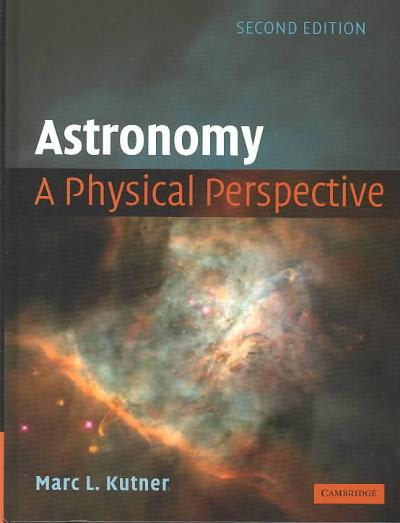Answered step by step
Verified Expert Solution
Question
1 Approved Answer
I have absolutely no clue how to go about working through the problem below. Please help me out with every step in this document below.
I have absolutely no clue how to go about working through the problem below. Please help me out with every step in this document below. So far, I'm considering either looking into mass spectrometry or another ionic system of mass comparison, but this task is VERY different from what I'm used to working within this course. There are no other attachments provided besides the write-up below. Please help. Thank you :D

Step by Step Solution
There are 3 Steps involved in it
Step: 1

Get Instant Access to Expert-Tailored Solutions
See step-by-step solutions with expert insights and AI powered tools for academic success
Step: 2

Step: 3

Ace Your Homework with AI
Get the answers you need in no time with our AI-driven, step-by-step assistance
Get Started


